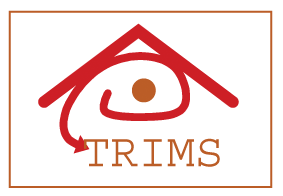 |
|


|
| project results: |
Learning Discriminative Markov Random Field Models for Image InterpretationFilip KorčDepartment of Photogrammetry University of Bonn October, 2009 Image interpretation can be formulated as a problem of energy minimization, where the problem can be viewed as computing maximum a posteriori configuration of a Markov random field. Recently, number of algorithms have proven to be efficient in minimizing such energies. However, the problem of adapting energy function of a given form to a particular problem or, in other words, the problem of learning parameters of the corresponding Markov random field is widely viewed as intractable. In our work, we study Markov random field models, inspired by work of Kumar and Hebert, and apply these models in discriminative framework to the problem of pixelwise class segmentation. In particular, we explore how the problem of parameter learning can be approached by continuous methods of convex optimization.
References
|
